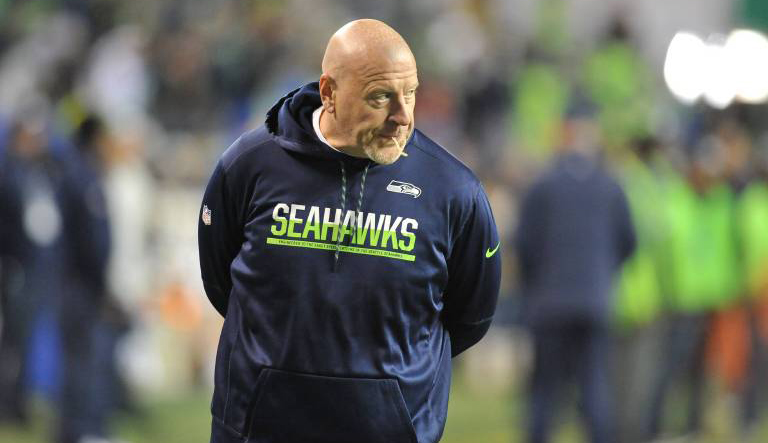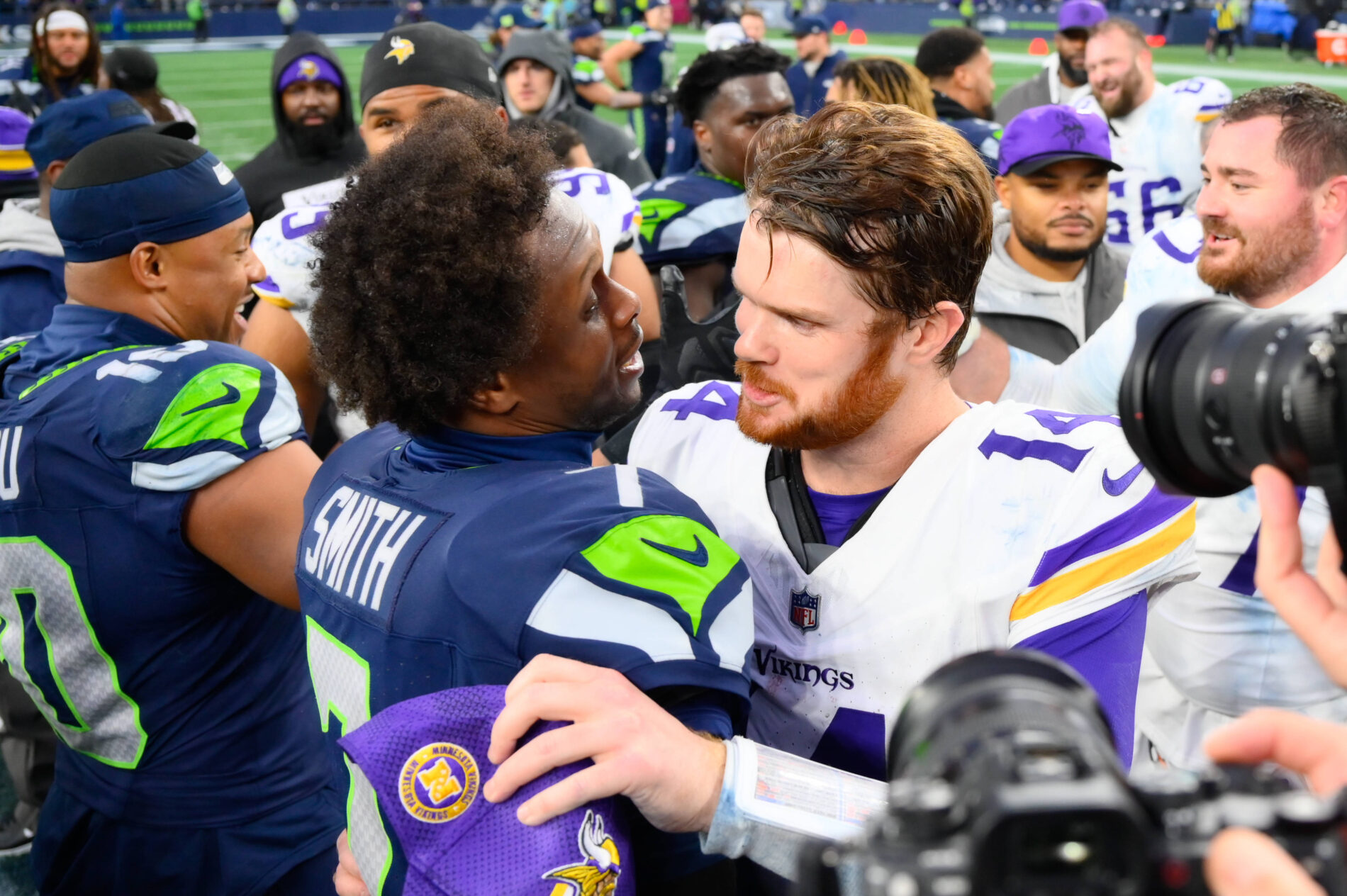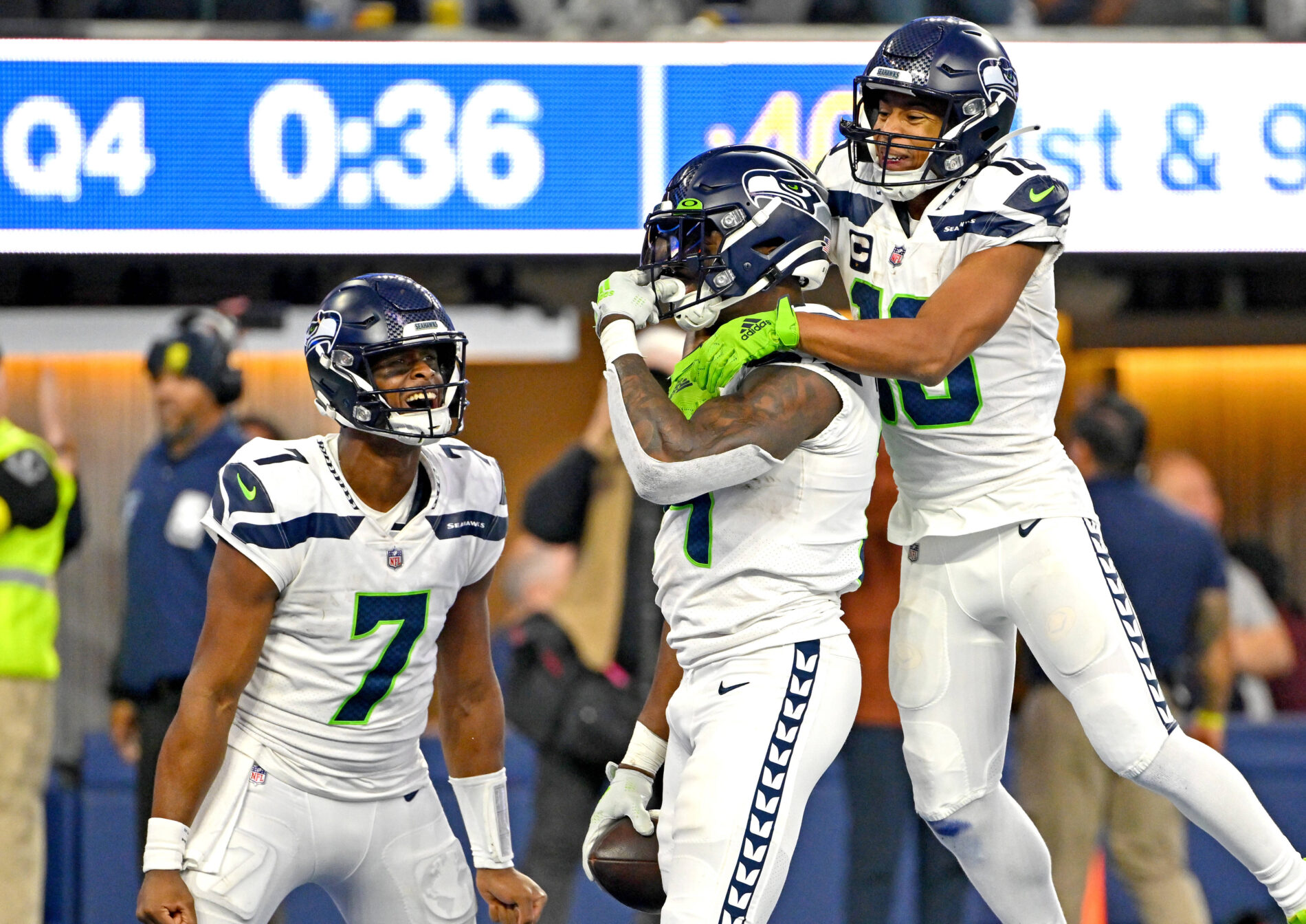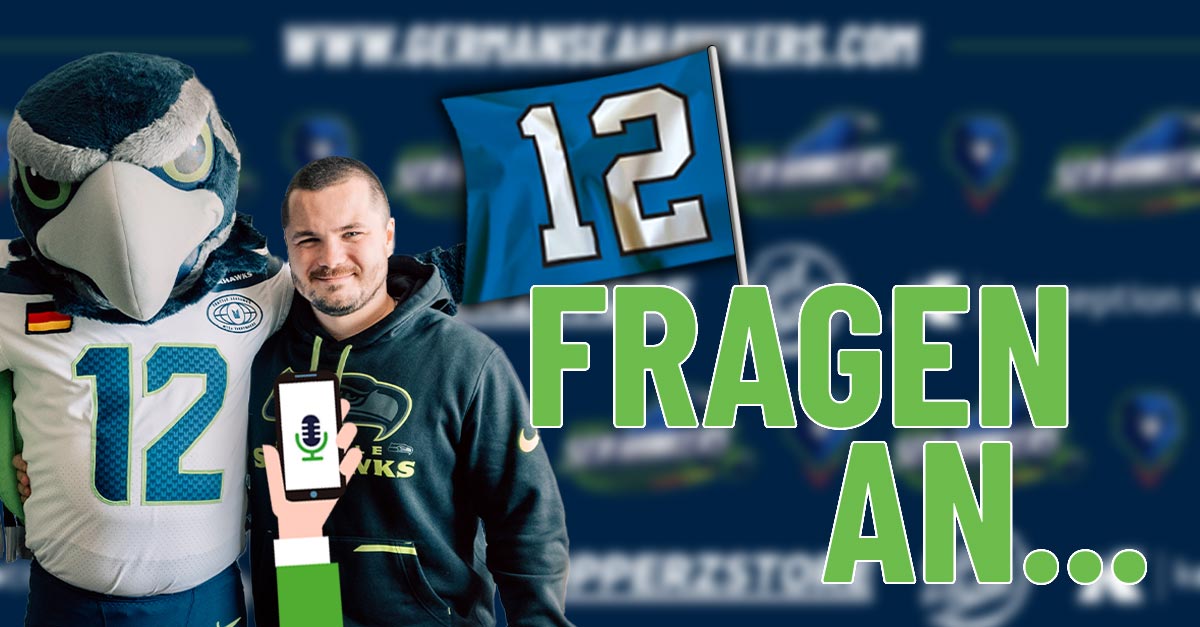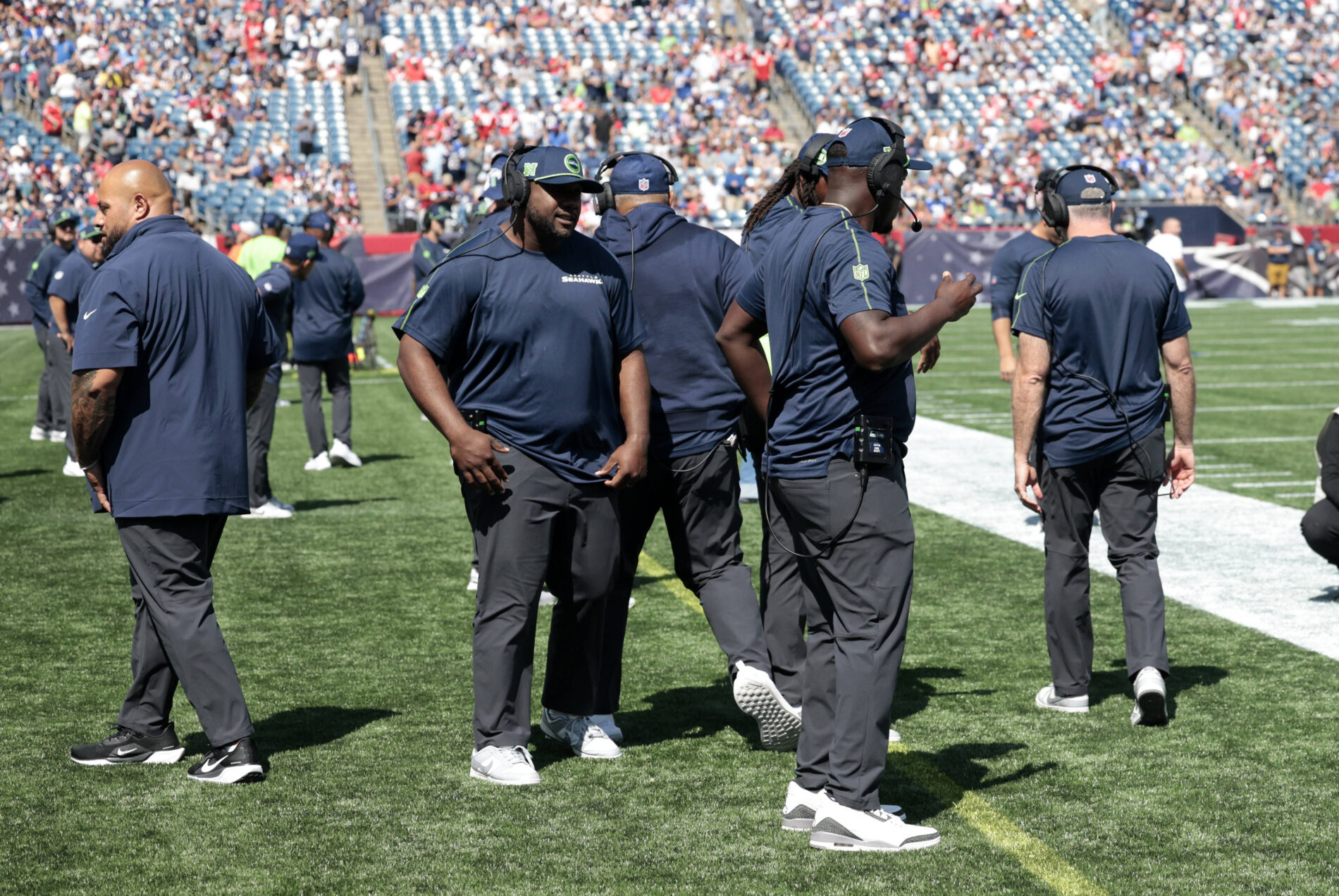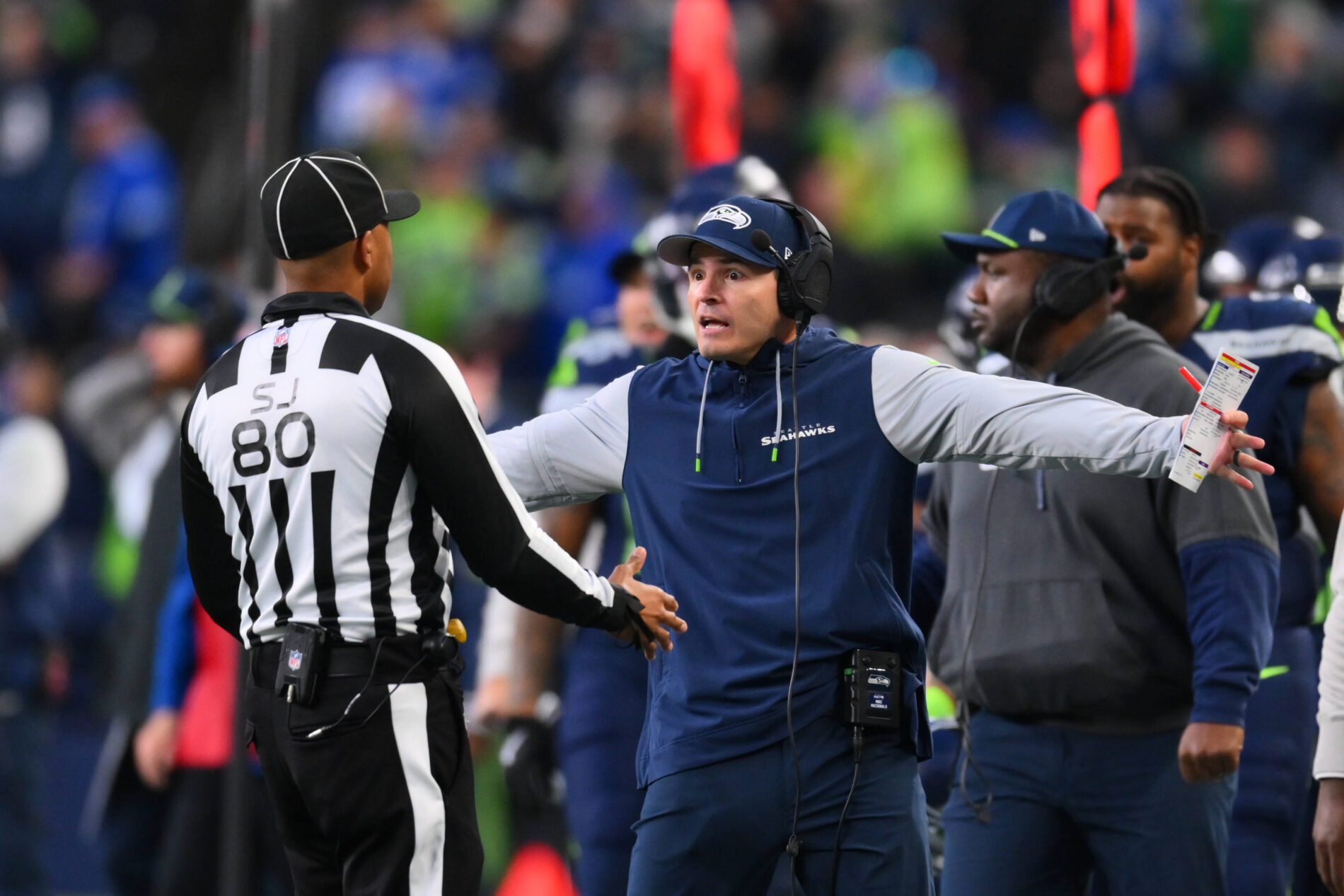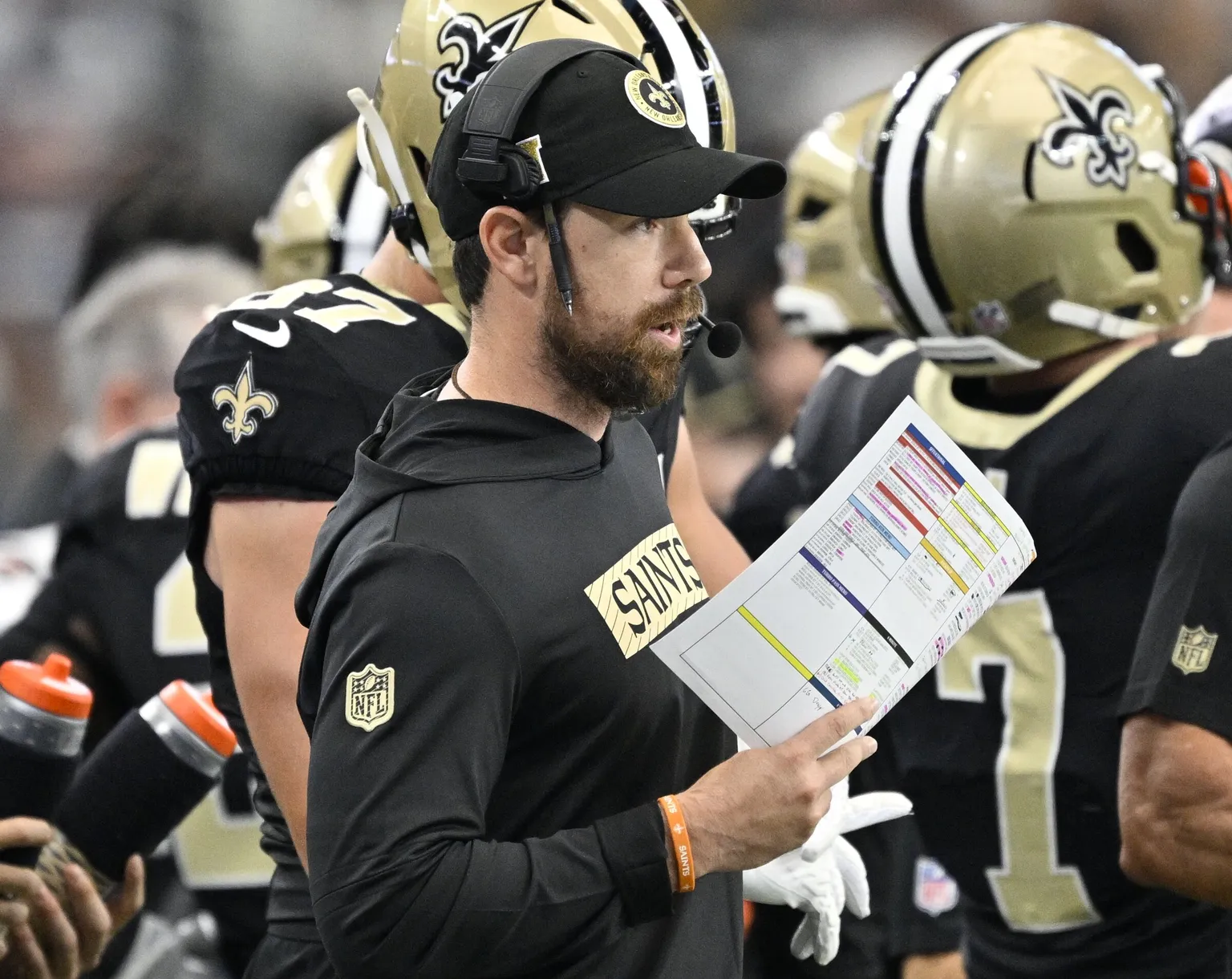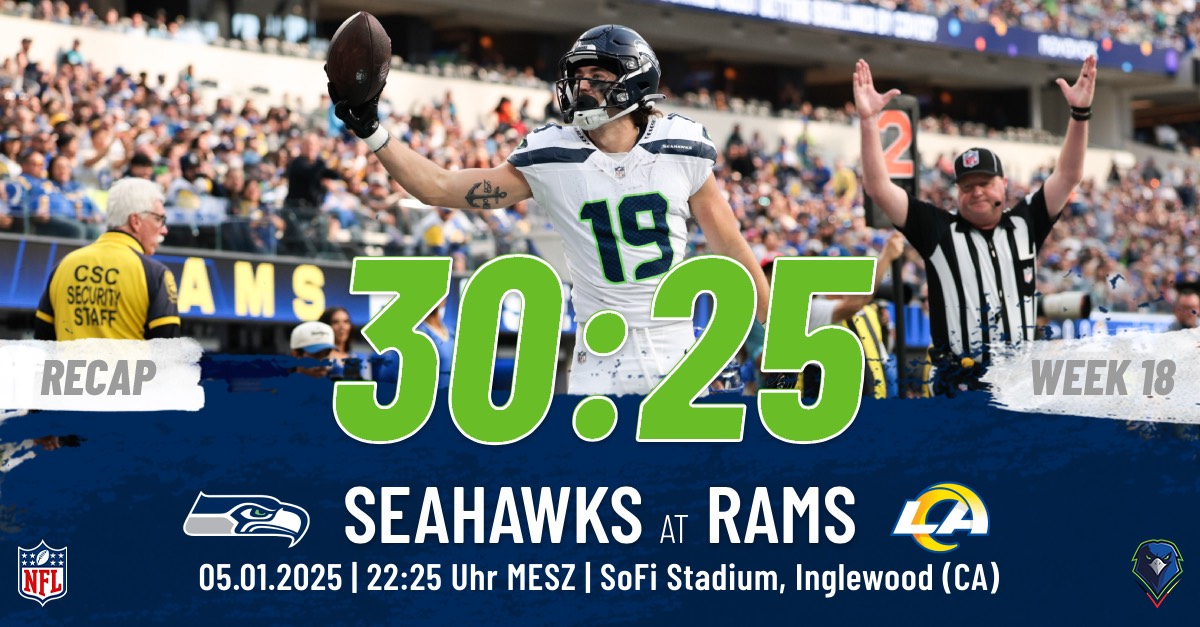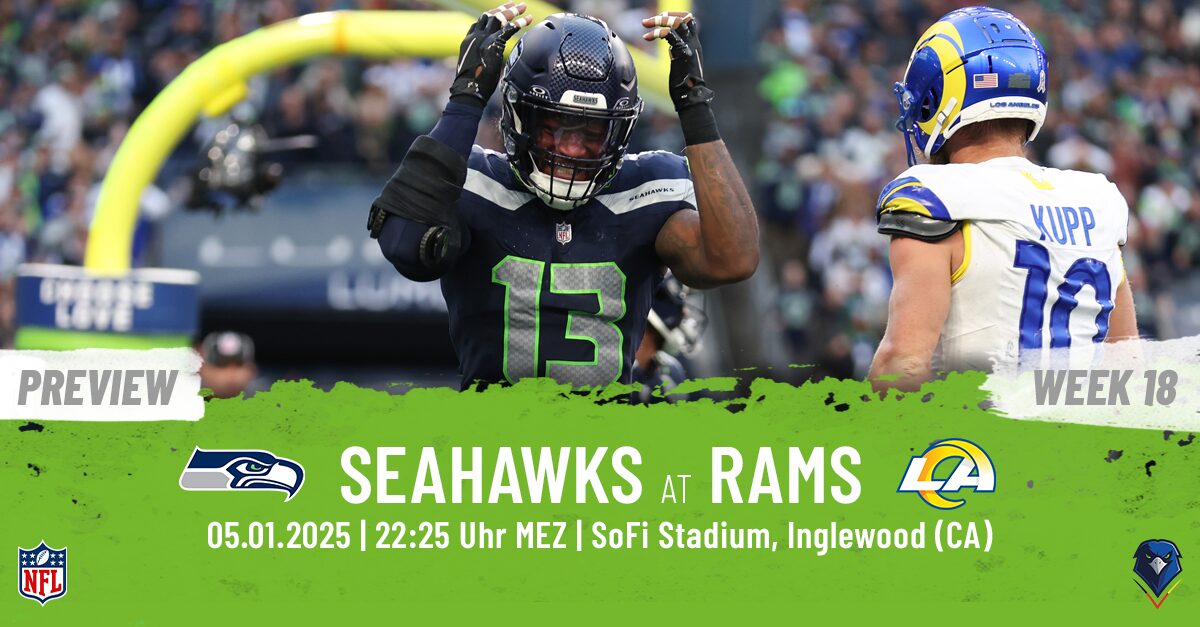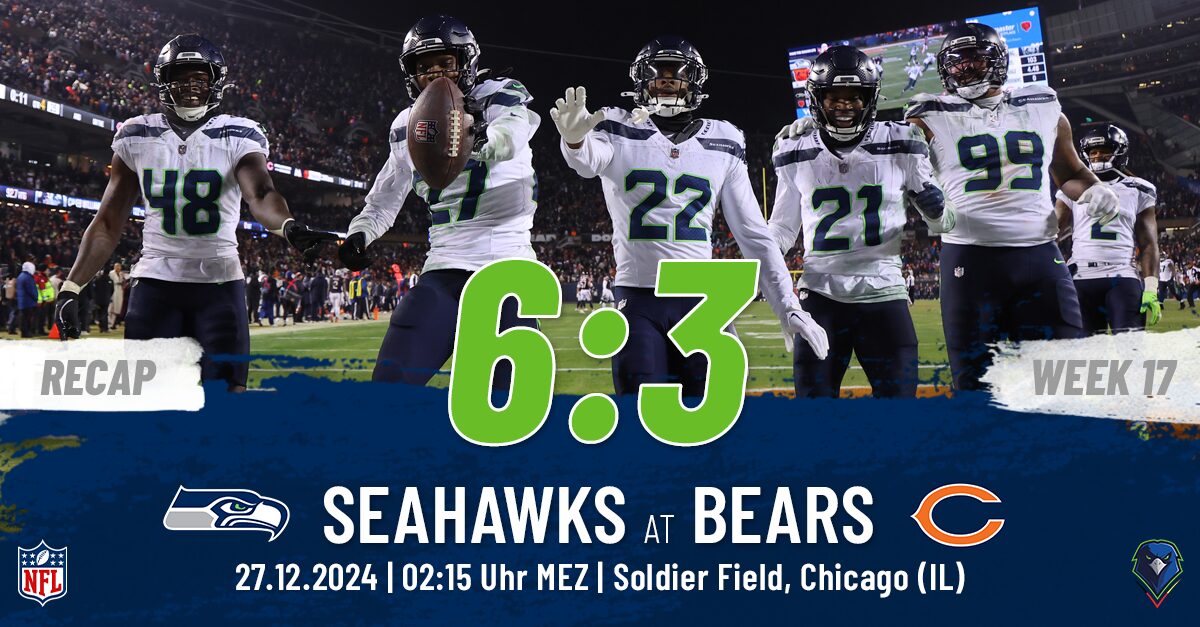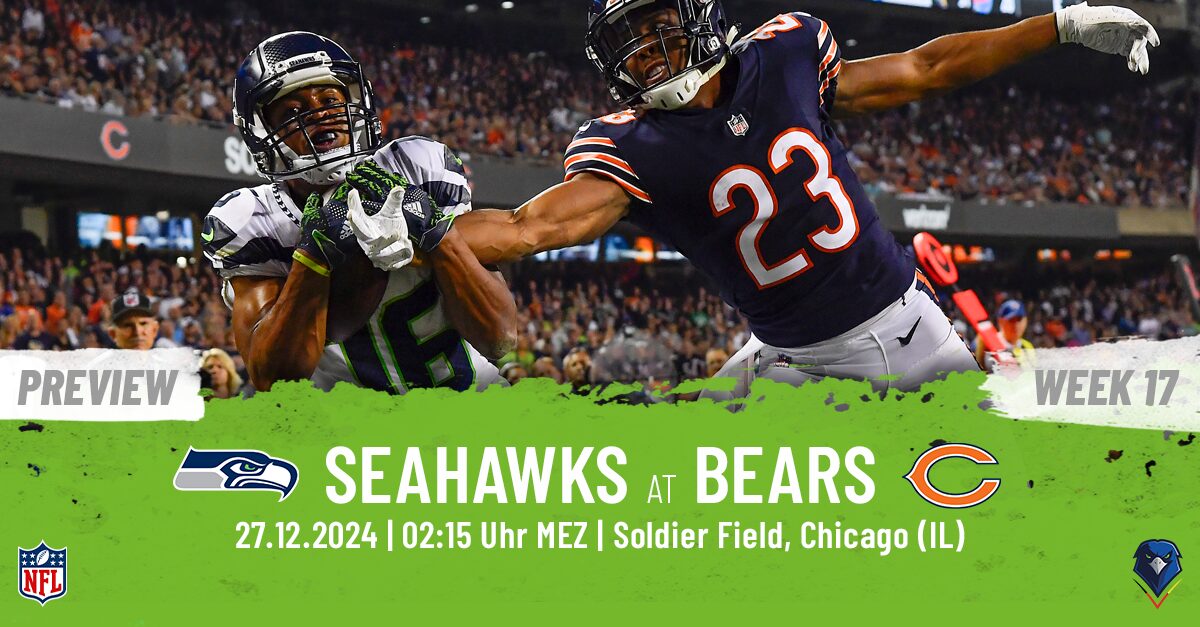Looking back at Seattle’s 2016 season two reasons for another divisional-round loss come to mind: The injuries to key players like Earl Thomas and Russell Wilson and the bad offensive-line play. Especially the injury to their QB and the permanent pressure on him led to some losses against weaker teams, which turned out to be a key reason to missing out on the 2nd seed in the NFC. The importance of home-field advantage should be obvious after Super Bowl appearances in 2013 and 2014 (or to anyone who has ever been to a game in Seattle).
A lot of times the lowest salary budget for an offensive line (6.2 Mio. USD) and its inexperienced players were mentioned as reasons. The best example in every TV commentary was rookie left tackle George Fant, a basketball player in college with the raw athletic talent to play the position but no previous experience. O-line coach Tom Cable is widely regarded as the victim of little resources instead of being part of the problem himself.
How did the elite OL teams build their offensive lines? Per PFF the top 5 in 2016 were the Titans, Cowboys, Steelers, Raiders and Packers.
At first we take a look at how much draft capital the Seahawks and the elite OL teams invested during the PCJS era since 2010 (based on the draft-value chart):
- Seahawks ca. 3,600 points for 14 players
- Titans ca. 4,300 points for 7 players
- Cowboys ca. 3,200 points for 7 players
- Steelers ca. 2,400 points for 8 players
- Raiders ca. 1,500 points for 9 players
- Packers ca. 2,000 points for 10 players
Seattle drafted more players in the last seven drafts than any oft the top 5-OL teams and invested more draft value than any team except the Titans.
How much did the Seahawks invest in other positions (including picks used in trades like Harvin and Graham)?
- Quarterback ca. 600 points
- CB, SS, FS (LOB) ca. 1,400 points
- remaining offense ca. 4,000 points
- complete defense ca. 4,300 points
Obviously draft capital doesn’t seem to be the problem here.
Of the top 5-OL teams only the Raiders have chosen free agency to build important parts of their line. After signing Rodney Hudson and Kelechi Osemele the team had the most expensive offensive line in the NFL last season at 37 Mio. USD. Too bad the Seahawks don’t have the advantage of a quarterback being on his rookie contract anymore. However building mainly through FA should lead to overpaid players and cap problems at some point anyway.
While other teams like the Cowboys and Packers have signed some of their rookies to new big second contracts the Seahawks decided to let Okung and Carpenter walk. Why?
The Seahawks’ roster is based on superstars with top-5 or top-10 contracts (i.e. Wilson, Graham, Wagner, Thomas, Chancellor, Sherman), rookies, cheap veterans and players who have substantially outperformed their contracts (like Avril and Bennett). And Jermaine Kearse.
Since 2010 Max Unger was the only player constantly performing like a top-10 player at his position (All-Pro 2012, Pro Bowl 2012 & 2013). Consequentially they signed him to a top-5 contract in 2012. Russell Okung has played at a high level for stretches but his performance suffered because of regular injuries (24 missed games in six years). And Left Tackles who miss more blocks than 24 other tackles in their contract year (per Football Outsiders) don’t get a new contract in Seattle, like any other below average player at any other position. Even with the fact that the Seahawks agreed to include Unger in the Graham trade it seems possible that regarding the o-line they are following the same strategy as for any other position group. Young players on rookie contracts are competing for most positions. Superstars are signed one year before becoming free agents, others can walk or sign below-market deals.
How should we evaluate Tom Cable’s coaching? The offensive line didn’t suddenly become a problem in 2016. The retirement of Marshawn Lynch and the injuries to Russell Wilson and Thomas Rawls put the spotlight on the line. Even when everyone could see the weaknesses in pass blocking (per FO Russell Wilson was in the top 5 of most-pressured passers every season since entering the NFL) we could all marvel about the great running stats. But 2.5 of Beast Mode’s 4.7 yards per carry in 2014 came after contact, the 2.2 yards before contact were only 22nd in the NFL for backs with more than 100 carries (per FO). And this was with the running threat of Russell Wilson leading to defenders spying on him or being just a second slow to tackle Lynch. Without Beast Mode and Russell Wilson’s speed the weakness of the offensive line was relentlessly shown to everyone in 2016.
Cable’s strength is to develop players with raw athletic ability and without any OL experience into NFL starters (Sweezy, Gilliam, Fant). On the other hand his results with high picks and experienced college players seem to be below average. Looking at games from the end of the season Ifedi still couldn’t handle stunts. Without knowing both players and their stories I wouldn’t have known which one was the first rounder with four years of experience at Texas A&M and which one had never played an OL snap in college. Additionally Cable’s version of the zone-blocking scheme seems to be a bad fit for some of the players. James Carpenter has played his best football for the Jets, in Denver Russell Okung has started every game for the first time in his career and Jahri Evans has played another good season in New Orleans after being cut by the Seahawks.
After a brief flirtation with the 49ers, OL coach Tom Cable will be staying with the Seahawkshttps://t.co/LyMUTSXUEU pic.twitter.com/S71YlUBnyz
— Seattle Times Sports (@SeaTimesSports) January 18, 2017
An exceptional developmental advantage like the Seahawks’ DB coaching (Sherman, Chancellor, Maxwell, Browner, Shead,…) cannot be identified for Cable’s OL coaching. Pete Carroll seems to evaluate his Assistant Head Coach on the running game as a whole. Otherwise his trust seems inexplicable knowing his “doing things better than they have ever been done before”-mantra.
Summing up, the Seahawks have invested massive amounts of draft capital in the offensive line, but without satisfying results (thus superstars to pay). Even though I’m convinced that Fant, Glowinski, Britt and Ifedi (and hopefully Odhiambo) should be better next year with more experience and continuity, I still think Seattle has to review its process. Sadly the new beginning I hoped for isn’t going to happen (the 49ers were so close…), but I hope that a new assistant OL coach will be hired and Cable’s influence on the draft will be reduced.
Regarding Justin Britt I wouldn’t sign him to a top 10-center contract yet, but if he demands less it would be a good signing regarding the continuity going forward. Given the inexperience of the line, the healthy salary cap and the seemingly bad quality of this years’ draft class I would advocate for a trade or bigger FA signing (no Webb 2.0 please) to bring an experienced tackle or guard to Seattle. The Seahawks have already proven that they are willing to make big trades like Harvin in 2013 and Graham in 2015 if they think they are necessary and valuable for the team going forward. I’m eager to see if John Schneider and Pete Carroll will have the courage and get the opportunity to strengthen the o-line during the 2017 offseason.

